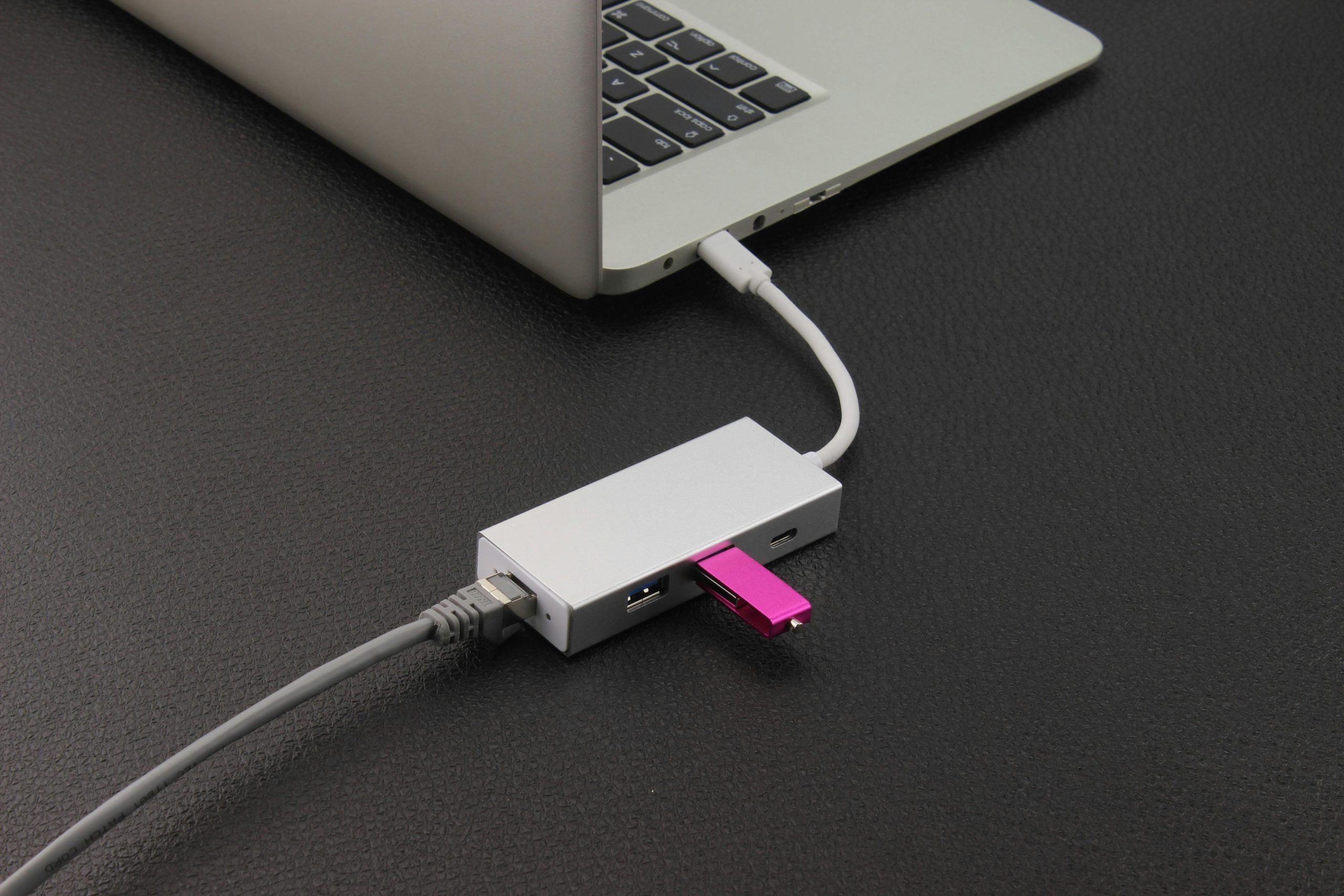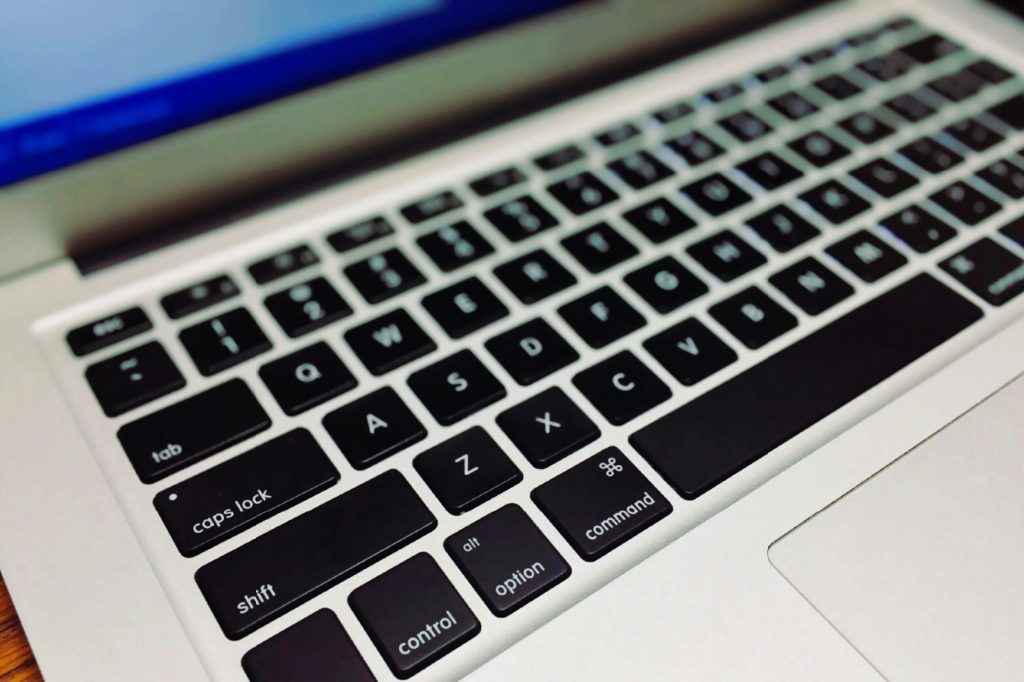Optimizing Disk Drive and Partition Setup: Tips for Enhancing Your Older Computer
When working with older computers, especially those that have been used and upgraded over several years, maintaining an efficient disk drive and partition structure can significantly improve system performance and usability. Whether you’re looking to free up space, improve boot times, or better organize your files, tweaking your disk partitions might be a helpful step.
Understanding Your Current Setup
First, it’s important to assess your existing disk partition layout. If you’re unsure, you can view this information using built-in tools:
- On Windows: open Disk Management by pressing Win + R, typing
diskmgmt.msc, and pressing Enter. - On macOS: use Disk Utility found in Applications > Utilities.
- On Linux: use commands like
lsblkorgparted.
When reviewing your setup, consider the following:
- How many partitions do you have?
- Are your system files, applications, and data stored on separate partitions?
- Is there sufficient free space on each partition?
- Is your primary drive nearing capacity?
Potential Improvements and Best Practices
-
Consolidate Partitions
If you have multiple small partitions, consider merging them to reduce complexity and improve space management. Just ensure you back up important data before making such changes. -
Create a Dedicated Data Partition
Separating your system and personal data can streamline backups and minimize the risk of data loss during system repairs or reinstallations. -
Upgrade to a Solid-State Drive (SSD)
Although this isn’t directly related to partitioning, upgrading your aging HDD to an SSD can dramatically boost overall system responsiveness. -
Adjust Partition Sizes Based on Usage
Resize partitions to allocate more space where needed. For instance, if your system partition is running low on space, expanding it can prevent performance issues. -
Optimize File System Choices
Ensure you are using the most appropriate file system for your operating system and use case—such as NTFS for Windows or APFS for macOS—since these can impact performance and stability. -
Limit the Number of Partitions
Keeping your partition count manageable reduces complexity and potential fragmentation. -
Regular Maintenance and Disk Cleanup
Conduct routine disk cleanups, defragmentation (for HDDs), and maintain backups to keep your system healthy.
Is Your Machine Adequate?
Given that your computer is approximately ten years old, performance
Share this content:



